RAW’s advantages elude me- what am I missing?
Feb 21, 2020 19:37:12 #
I’m not familiar with that particular camera but the Wikipedia says it has a 1/2.3 sensor. My personal experience has been that raw files from smaller sensors (even “1 inch” (which isn’t 1 inch)) do not seem to have as much latitude for adjustment as raw files from APS-C or FF sensors. That’s just my subjective impression but if it is true the OP is correct that he/she doesn’t benefit much from raw over jpg
Feb 21, 2020 19:37:13 #
I’m not familiar with that particular camera but the Wikipedia says it has a 1/2.3 sensor. My personal experience has been that raw files from smaller sensors (even “1 inch” (which isn’t 1 inch)) do not seem to have as much latitude for adjustment as raw files from APS-C or FF sensors. That’s just my subjective impression but if it is true the OP is correct that he/she doesn’t benefit much from raw over jpg
Feb 21, 2020 19:41:12 #
via the lens wrote:
The following sentence, I believe, did not seem to... (show quote)
I agree. Well said.
Mike
Feb 21, 2020 19:43:25 #
This video from Adorama is pretty good.
5 Steps to Better Understanding When to Shoot RAW vs JPEG | Mastering Your Craft
https://youtu.be/uk-luMDIKCE
There really is no legitimate basis for any controversy about this topic, let alone any reason for the bitter feuds that always seem to erupt.
Mike
5 Steps to Better Understanding When to Shoot RAW vs JPEG | Mastering Your Craft
https://youtu.be/uk-luMDIKCE
There really is no legitimate basis for any controversy about this topic, let alone any reason for the bitter feuds that always seem to erupt.
Mike
Feb 21, 2020 21:12:51 #
It’s really fairly simple. If you want to devote the time and learning curve necessary to develop your post processing skills, you will get better IQ working from the raw files.
If speed in developing your images is important, you’re shooting in fast bursts, or you don’t plan on multiple edits, JPEG is just fine (Each edit and save sequence loses data).
Unless you’re looking for maximum burst speed there is zero disadvantage in saving both versions. If years from now, you might want to do deeper edits (including sharpening software and other tools yet to be developed) you should save a raw version of each shot.
If you don’t care, no loss. But except for shooting FPS speed, you lose nothing by saving both versions. Except, of course, for card space.
You may, in the future, regret NOT saving a raw version. But you will never regret having the raw data, unless you miss the shot of the century because you didn’t get a fast enough burst speed.
Just the facts...
Andy
If speed in developing your images is important, you’re shooting in fast bursts, or you don’t plan on multiple edits, JPEG is just fine (Each edit and save sequence loses data).
Unless you’re looking for maximum burst speed there is zero disadvantage in saving both versions. If years from now, you might want to do deeper edits (including sharpening software and other tools yet to be developed) you should save a raw version of each shot.
If you don’t care, no loss. But except for shooting FPS speed, you lose nothing by saving both versions. Except, of course, for card space.
You may, in the future, regret NOT saving a raw version. But you will never regret having the raw data, unless you miss the shot of the century because you didn’t get a fast enough burst speed.
Just the facts...
Andy
Feb 21, 2020 21:32:02 #
via the lens wrote:
The following sentence, I believe, did not seem to be needed in this discussion, "There are many here who preach that you need raw, but we never see their results or when we do they are sub par." Even if that is the case, throwing it "out there" is not productive or useful.
I think it is useful to folks who are on the fence to be aware that there are some people who can talk the talk but can't walk the walk. If we can't see results how would we know if their advice was good?
---
Feb 21, 2020 22:12:05 #
Ysarex
Loc: St. Louis
Bill_de wrote:
I think it is useful to folks who are on the fence to be aware that there are some people who can talk the talk but can't walk the walk. If we can't see results how would we know if their advice was good?
---
---
At least in the first and third images the results obtained processing the raw files could not be obtained from the camera JPEG software.
Joe
camera generated JPEG
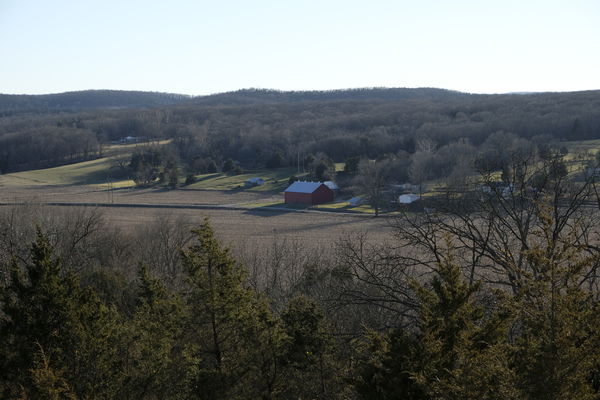
(Download)
processed raw
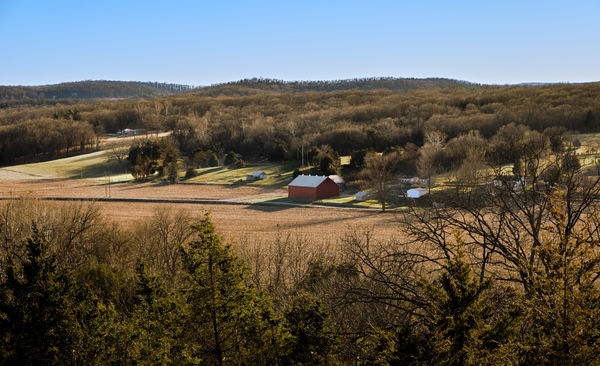
(Download)
camera generated JPEG
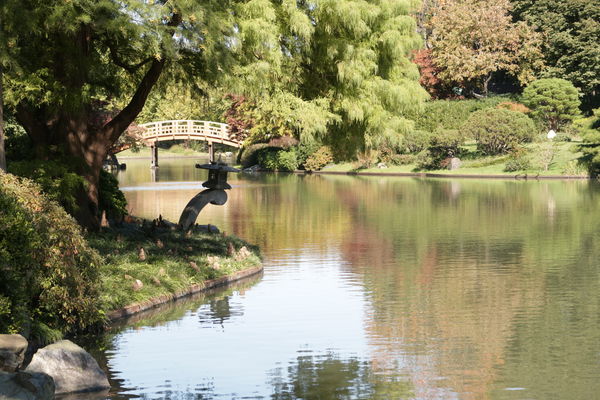
(Download)
processed raw
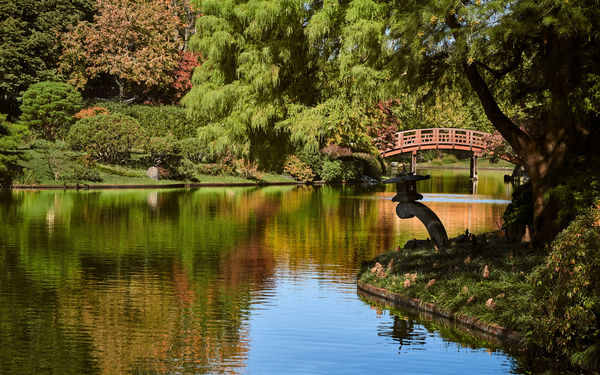
(Download)
camera generated JPEG
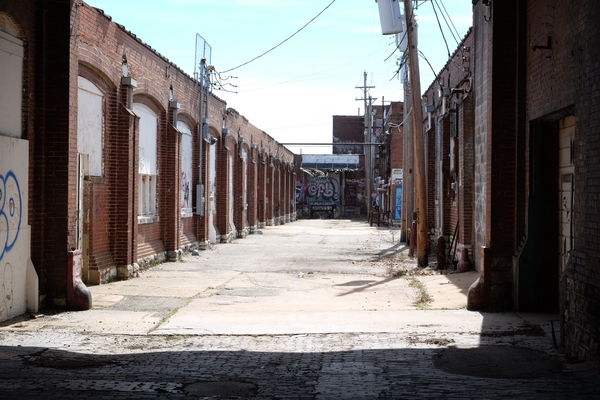
(Download)
processed raw
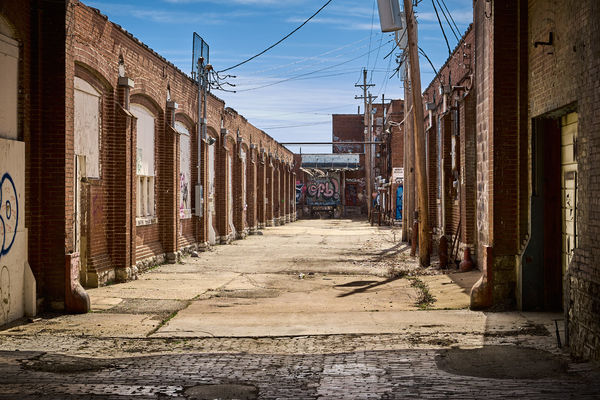
(Download)
Feb 21, 2020 23:17:28 #
via the lens wrote:
When you take a photograph the image the camera ca... (show quote)
I believe a color JPEG contains 3 8-bit channels (R,G&B) for a total of 16.7 million potential colors (2^8 x 2^8 x 2^8). 12 bit raw files are capable of >68 Billion colors and 14 bit raw yields trillions. However, it’s worth noting that the ultimate number is typically determined by the limitations of the output device, whether display or print. The limitations of 8 bit color typically appear, as you mention, in banding or posterization, rather than a smooth transition, especially when certain segments of the gamut are modified in some way.
Feb 21, 2020 23:40:05 #
Robg wrote:
Since it might have relevance to what follows, her... (show quote)
You can shoot jpeg, and someday in the future regret it. You can shoot raw and have no regrets at all. The functionality you are claiming to lose is more than made up for in the expanded capabilities. You need to learn more about raw before you make such a decision, and stop relying upon canned picture modes like iHDR and "Hand Held Night Shot" mode that handily addressed in raw shooting/processing.
Read the thread the Linda From Maine mentions. Some of it is actually helpful, most of it is a bunch of old farts and curmudgeons hurling insults at each other. It's entertaining at least. I haven't shot anything but raw since 2007, and haven't felt like I missed a thing.
https://www.flickr.com/photos/gene_lugo/
Feb 22, 2020 01:10:25 #
Bill_de wrote:
I think it is useful to folks who are on the fence to be aware that there are some people who can talk the talk but can't walk the walk. If we can't see results how would we know if their advice was good?
---
---
I don't know why you keep saying such an inflammatory thing. People can easily see the results from those here who are most knowledgeable about working with raw files.
https://www.flickr.com/photos/145186988@N05/
Mike
Feb 22, 2020 05:09:08 #
Raw is what your camera starts with and goes on to produce A jpeg from that raw data, please note I did not say The Jpeg this is because what jpeg it produces depends on the settings you have chosen in your camera or have left to the cameras software to pick for you.
There are just 2 things fixed when taking a photo, the shutter speed and the aperture, the ISO is a bit of an artificial construct.
Shutter speed mostly determines how movement is captured and aperture depth of field for any given point of focus in the real world.
The least you can do is point the camera in the direction of interest, and let the camera do the rest. This may result in a good photograph. With a basic slr such as the Pentax k1000 the camera gave you a metering needle which if sat in the middle would ensure that enough light was entering the lens such that a middle gray world was correctly exposed for the type of film you had set when you loaded it.
Even more basic cameras did less than that my old 126 had 2 settings you could twist the lens to change aperture to and from sunny or cloudy. The viewfinder gave a rough idea of what the camera was going to record, parallax ensured it was never identical and besides by the time you got the film developed you wouldn't remember the difference. Cameras have come a long way since then.
They make assumptions that may not apply, The K1000 kind of started with it's needle if you adjusted the shutter speed and aperture and got the needle midway then the shot would be exposing for mid gray, it was on you to figure out focus , if mid gray applied and if the combination of shutter speed and aperture would capture the scene as you wanted. Still only advisory at this stage.
The next generation of camera had the ability to set a shutter speed relative to the aperture you selected and the ISO or ASA or DIN of the film you were using. White balance was a characteristic of the film you were using, balanced for indoor or outdoor light pretty much. Some people had favourite films.
Autofocus came along with a single point looking for maximum contrast...
That was mostly that and it was the formulation of the film and the print paper that mostly determined how your captured image looked.
With Digital you no longer were dependant on the film but on the processing capability of your camera and initially that was quite limited and we accepted it , just as we had with film. Now cameras have many options for producing a jpeg but it is a one time option if you don't save raw.
So there is no 'the jpeg' out of camera just 'a jpeg' with many variations possible.
It's possible with a raw file to correct not just white balance but color balance (using calibrated targets), but I haven't seen in camera processing that allows this maybe some cameras support loading of LUTS (that would be amazing to see in camera). If you are going to post process a raw file is the best starting point.
If not then figure out what your preference is for the jpeg you want the camera to produce or accept the default if you want it is really up to you.
There are just 2 things fixed when taking a photo, the shutter speed and the aperture, the ISO is a bit of an artificial construct.
Shutter speed mostly determines how movement is captured and aperture depth of field for any given point of focus in the real world.
The least you can do is point the camera in the direction of interest, and let the camera do the rest. This may result in a good photograph. With a basic slr such as the Pentax k1000 the camera gave you a metering needle which if sat in the middle would ensure that enough light was entering the lens such that a middle gray world was correctly exposed for the type of film you had set when you loaded it.
Even more basic cameras did less than that my old 126 had 2 settings you could twist the lens to change aperture to and from sunny or cloudy. The viewfinder gave a rough idea of what the camera was going to record, parallax ensured it was never identical and besides by the time you got the film developed you wouldn't remember the difference. Cameras have come a long way since then.
They make assumptions that may not apply, The K1000 kind of started with it's needle if you adjusted the shutter speed and aperture and got the needle midway then the shot would be exposing for mid gray, it was on you to figure out focus , if mid gray applied and if the combination of shutter speed and aperture would capture the scene as you wanted. Still only advisory at this stage.
The next generation of camera had the ability to set a shutter speed relative to the aperture you selected and the ISO or ASA or DIN of the film you were using. White balance was a characteristic of the film you were using, balanced for indoor or outdoor light pretty much. Some people had favourite films.
Autofocus came along with a single point looking for maximum contrast...
That was mostly that and it was the formulation of the film and the print paper that mostly determined how your captured image looked.
With Digital you no longer were dependant on the film but on the processing capability of your camera and initially that was quite limited and we accepted it , just as we had with film. Now cameras have many options for producing a jpeg but it is a one time option if you don't save raw.
So there is no 'the jpeg' out of camera just 'a jpeg' with many variations possible.
It's possible with a raw file to correct not just white balance but color balance (using calibrated targets), but I haven't seen in camera processing that allows this maybe some cameras support loading of LUTS (that would be amazing to see in camera). If you are going to post process a raw file is the best starting point.
If not then figure out what your preference is for the jpeg you want the camera to produce or accept the default if you want it is really up to you.
Feb 22, 2020 06:12:52 #
Bill_de wrote:
I think it is useful to folks who are on the fence to be aware that there are some people who can talk the talk but can't walk the walk. If we can't see results how would we know if their advice was good?
---
---

Feb 22, 2020 06:23:07 #
Robg wrote:
Since it might have relevance to what follows, her... (show quote)
As you seem happy with JPG on your camera, then as others have suggested, use RAW+JPG as in insurance policy, and switch it off temporarily when you want to use iHDR or similar. These days good quality SD cards are relatively cheap so the cost of storage in camera is modest. If you fluff the exposure, colour balance, or have high contrast with dark shadows/highlights, then RAW is often the only chance of getting an image that is worthwhile.
My main interest is also travel and I typically shoot RAW only. Probably 70+ % of the images I use in an album are effectively 'snapshots' of no great artistic value but often big memory value and are exported to JPG with minimal interaction other than crop and a bit of lightening. That could easily have been direct from JPG in camera. For a few where more work was needed RAW comes into its own.
Have you ever had a sunset/ sunrise that looked positively bland compared with your memory? A deep shadow exposure into the sun where the shadow detail is not there? A shot with a dark foreground and burnt out sky? etc etc etc. With RAW these can be turned into the memory you had or close to it. With JPG the content has been already been processed out by the in-camera conversion, and you can't recover or adjust what has already been removed.
Feb 22, 2020 07:00:51 #
I'm with you on the jpeg shooting. My first digital camera, the Pentax WPIO, was a 6mp 1 2/3 sensor that I shot with for years without ever knowing what RAW was. I took some excellent photos with it at only the 2 mp setting; made excellent 8x10s and even a few 11x14s. My 6mp D40 followed with even better photos, then, the awesome D5100. I began shooting RAW+Jpeg if I encountered an amazing scene, because I heard RAW was supposed to allow more post processing quality options, but at the time, my ancient computer rejected any software for it. Now, my D750 shoots such amazing Jpegs, I hardly ever even think of RAW, though my son says that is all he shoots on his GH4. The few times I've shot RAW and post processed them, they end up as Jpegs which didn't look any better than my original Jpegs. Jpegs have probably saved me hundreds of hours of post processing in RAW, and my time is more important than my obsessions with supposed "image quality". (I still shoot JPEG +RAW when encountering amazing scenes, but rarely, if ever go back to try to get more out of them than the JPEGs render.)
Feb 22, 2020 07:04:08 #
Ysarex wrote:
At least in the first and third images the results obtained processing the raw files could not be obtained from the camera JPEG software.
Joe
Joe
Thanks Joe!
--
If you want to reply, then register here. Registration is free and your account is created instantly, so you can post right away.





